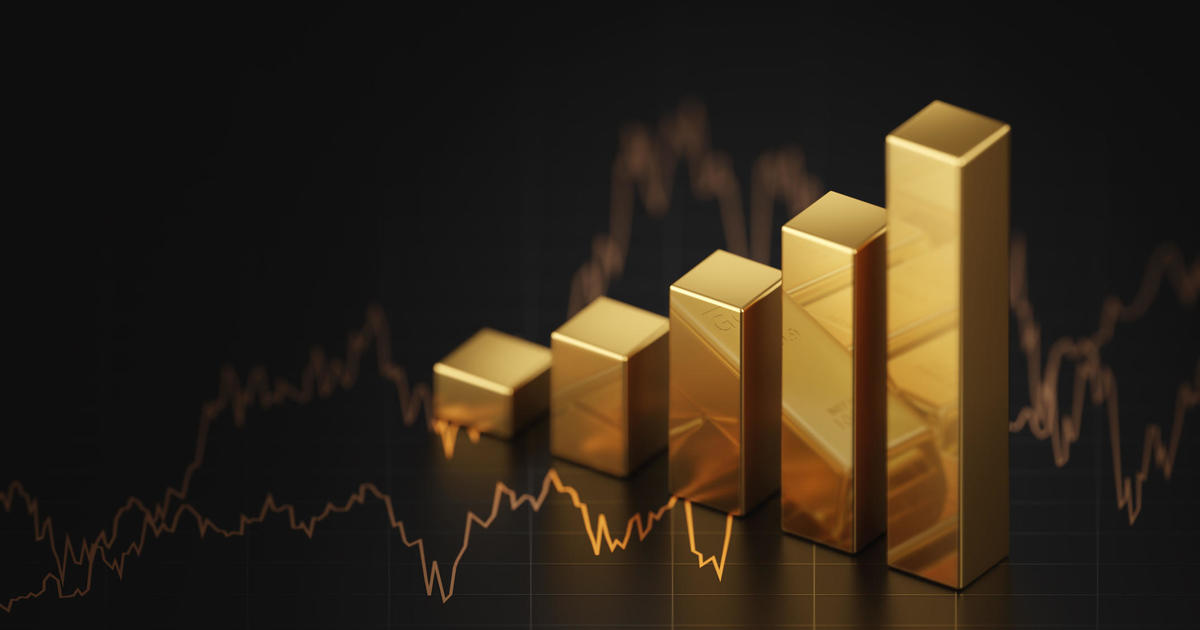Stocks are on an epic run-up, but will the good times last?
Unemployment in the U.S. is soaring — and so is the stock market. The S&P 500-stock index has surged roughly 40% over the last 50 days, its sharpest rise during a 10-week trading period in the history of the equity index, according to LPL Financial.
Ryan Detrick, an analyst with the investment advisory firm, thinks the rally might continue. He noted that big stock jumps over a 50-day time span often occur near the start of bull markets. "There are no roller-coasters that can replicate what stocks have done so far in 2020," he said in a report.
Other market watchers are less sure, noting that stocks have a long history of making big gains within long-term down markets, only for the bottom to give out again. Such brief but ultimately futile rallies were regular occurrences during both the Great Depression and the Great Recession. They've happened often enough that Wall Street has a name for them: bear market rallies.
While many analysts say they don't expect stocks to fall all the way back to their lows set in March, much of Wall Street says the recent surge may be setting up investors for disappointment, with rougher times likely to come.
Stocks took a breather Thursday as investors await the Labor Department's May employment report on Friday. Leading indexes ended the day mixed, with the S&P 500 and tech-heavy Nasdaq composite trading modestly lower and the Dow Jones industrials average rising less than 1%.
Economists forecast that unemployment, which skyrocketed to nearly 15% in April, continued to climb last month. Large corporate employers alone have chopped 1.4 million jobs in the first five months of this year, up almost 400% from the year-earlier period, according to outplacement firm Challenger Gray & Christmas. Since mid-March, roughly 44 million workers have applied for jobless aid, although some have since been rehired.
Despite the current dismal jobs picture, several factors have fueled the recent run-up in stocks: states reopening their economies after months of lockdown during the coronavirus; rising hopes that a vaccine may be on the horizon; Federal Reserve-led injections of capital shore up the credit environment.
Doug Ramsey, chief investment officer at Leuthold Group, said the market's recent climb has failed to check off many of the indicators typical of true market bottoms, such as transportation stocks leading the initial stages of the upturn and the S&P 500 dropping below a certain level relative to corporate earnings.
To see how much whiplash a bear market rally can create, consider the 2007-09 downturn when the S&P 500 more than halved. In late November 2008, after Lehman Brothers had already collapsed, the S&P 500 went on a powerful 24% rally on hopes that the worst of the financial crisis may have already passed. But the rally proved illusory, and the market would turn lower and lose nearly 28% before finally finding a true bottom two months later.
"There's no question that it's going to be a choppy recovery," said Rich Weiss, chief investment officer of multi-asset strategies for American Century Investments. "I have no doubt there will be setbacks."



